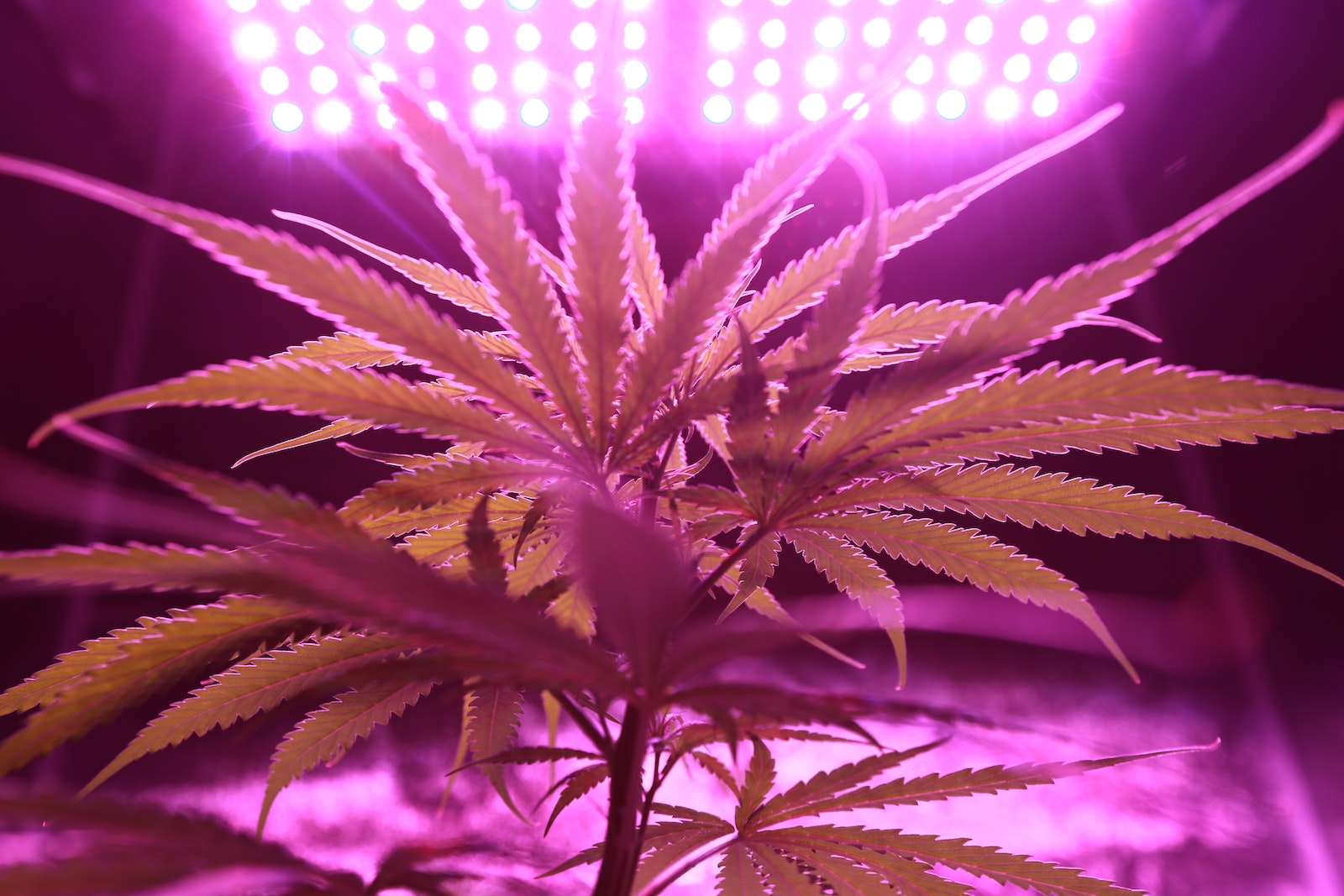Cannabis cultivation is an art that requires knowledge, care, and precision. One critical aspect of growing healthy and potent cannabis plants is knowing when to fertilize. Fertilization plays a pivotal role in nurturing your cannabis plants, ensuring they receive the nutrients they need at the right times. In this comprehensive guide, we will explore the ins and outs of when to fertilize cannabis, ensuring your green companions thrive and deliver the desired results.

When to Fertilize Cannabis: The Basics
Fertilizing cannabis is not a one-size-fits-all endeavor. Different growth stages demand different nutrients and schedules. Let’s dive into the specifics of when to fertilize cannabis.
Seedling Stage
When your cannabis plants are still in their seedling stage, they don’t need much in terms of fertilization. In fact, it’s best to avoid using any fertilizer during this phase. The seeds themselves contain enough nutrients to support initial growth. Wait until your seedlings have at least two sets of true leaves before considering fertilization.
Vegetative Stage
During the vegetative stage, your cannabis plants are rapidly growing and developing leaves and branches. This is when they need an ample supply of nutrients. Start introducing a balanced, nitrogen-rich fertilizer with a ratio like 3-1-2 to encourage lush foliage. Apply this fertilizer every two to three weeks.
Pre-Flowering Stage
As your cannabis plants transition into the pre-flowering stage, they will require a shift in nutrient balance. Reduce nitrogen-rich fertilizer and increase phosphorus and potassium content. A suitable fertilizer ratio for this stage is 1-3-2. Continue fertilizing every two to three weeks.
Flowering Stage
During the flowering stage, your cannabis plants are focused on producing buds. To support this crucial phase, switch to a fertilizer with a higher phosphorus and potassium content, such as a 1-4-5 ratio. Continue feeding every two to three weeks, but cease fertilization in the final two weeks before harvest to allow the plant to flush out excess nutrients.
Factors Affecting Fertilization Timing
Knowing when to fertilize cannabis isn’t just about growth stages; it also depends on various environmental and plant-specific factors.
Light Cycle
Cannabis plants are photoperiodic, meaning their growth stages are influenced by the amount of light they receive. When grown indoors, adjust your fertilization schedule according to the light cycle: vegetative fertilization during longer light hours and flowering fertilization during shorter light hours.
Strain Variability
Different cannabis strains may have unique nutrient requirements and growth rates. Research your specific strain to understand its fertilization needs better.
Soil Quality
Soil composition and quality can impact nutrient availability. Conduct soil tests to ensure your cannabis plants receive the right nutrients in the right amounts.
Watering Practices
Overwatering or underwatering can affect nutrient uptake. Maintain a consistent watering schedule to complement your fertilization routine.
pH Levels
Monitor and adjust the pH levels of your soil or hydroponic system regularly. Cannabis plants absorb nutrients optimally within specific pH ranges.
FAQs
Q: Can I use organic fertilizers for cannabis?
Yes, organic fertilizers are a great choice, as they improve soil quality and promote sustainable cultivation practices. Just ensure they meet your plant’s nutrient needs.
Q: Is it possible to over-fertilize cannabis?
Absolutely. Over-fertilization can harm your plants, leading to nutrient burn or stunted growth. Always follow recommended dosages and schedules.
Q: Can I use synthetic fertilizers?
Synthetic fertilizers are an option, but they require precise measurement and can harm the soil over time if misused. Organic options are often more forgiving for beginners.

Q: Should I adjust my fertilization schedule for auto-flowering cannabis strains?
Autoflowering strains have unique growth patterns and typically require less fertilizer. Follow the recommendations provided by the breeder or seed bank.
Q: Is foliar feeding necessary?
Foliar feeding involves spraying nutrients directly onto the leaves. While it can provide a quick nutrient boost, it’s not essential and should be used sparingly.
Q: What’s the best way to check soil pH?
You can purchase pH testing kits or meters at gardening supply stores. Follow the instructions to measure and adjust your soil’s pH as needed.
Conclusion
Growing cannabis is a rewarding experience, and knowing when to fertilize is a crucial part of ensuring your plants reach their full potential. By understanding the different growth stages, environmental factors, and plant-specific needs, you can master the art of cannabis cultivation. Remember that patience and consistency are key, and always prioritize the health and well-being of your cannabis plants.

Your comment is awaiting moderation.
먹튀레이더에 대한 정보가 정말 유용하네요! 방문하다 먹튀레이더